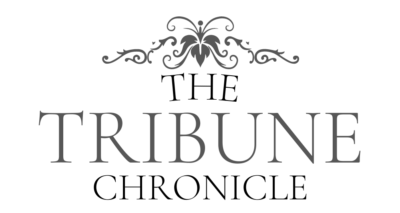The beauty world is constantly changing and one of the most radical transformations taking place in this industry today is Virtual Beauty. Augmented Reality Solutions makeovers have revolutionized the world of cosmetics transforming consumer engagement and interaction. This blog discusses the beautiful confluence of technology and aesthetics focusing on Virtual Beauty – an interactive realm that completely transforms the cosmetic industry.
The Rise of Virtual Beauty:
Virtual Beauty has become a powerful trend transforming conventional beauty practices. The emergence of advanced AR technology has provided beauty enthusiasts with a wide variety of Virtual AR Beauty platforms and apps. These tools enable users to try new makeup looks in real time which opens up a novel approach for finding and testing products. This transformation signifies an epic paradigm shift in consumer behavior where people seek AR makeovers as personalized and interactive beauty rides.
How AR Makeovers Work:
The essence of the Virtual Beauty revolution is Augmented Reality, a system that superimposes digital information on top of reality. In terms of cosmetics AR is effortlessly incorporated in makeup apps. So that people can virtually use different products. Such as real time virtual try ons and customization features, that allow users to explore different looks which enables them to make informed decisions about their purchases. This immersive touch provides the middle ground between online and offline beauty shopping.
Transformative Effects on the Cosmetic Landscape:
AR makeovers have a profound influence on the cosmetic industry which leads to alterations in consumer behavior and brands strategies. The consumers require more than static product images they need an active and lively atmosphere. The virtual influencer partnership has led to new forms of marketing campaigns that resonate with the tech-savvy demographic. Successful case studies of virtual beauty campaigns show that this technology has become an effective mechanism for brand differentiation and customer engagement.
Benefits for Consumers:
Virtual Beauty provides consumers with a wide range of advantages revolutionizing the process for which they shop beauty products. The improved shopping experience offers a degree of convenience and confidence that could not be achieved before. With virtual try-ons people can play around with makeup in the comfort of their own homes without having to worry about what may or may not suit them. In addition Virtual Beauty encourages diversity as users can observe how products appear on their individual skin colors and physical characteristics.
Challenges and Considerations:
Although Virtual Beauty has great promise it is not without some problems. User satisfaction may be affected by technical constraints for instance reliability and realism of virtual try-ons. Significant ethical issues are also associated with privacy concerns on the use of AR technology in beauty apps. It is crucial to find the right balance between virtual and real experiences in order not lose consumer loyalty.
The Future of Virtual Beauty:
The future of Virtual Beauty seems hopeful as technology evolves. With the continuous evolution of AR and VR virtual beauty experience is expected to reach greater heights. Integration with e-commerce and retail is about to deliver a shopping experience that will eliminate the difference between online entities and physical stores. Future predictions for virtual beauty innovation are further personalization, wider selection of products and increasingly realistic try-ons.
Industry Response and Adoption:
Major beauty brands readily adopt Virtual Beauty which promises to increase sales and create brand loyalty. The use of AR makeovers in marketing and sales plans is now a source of competitive advantage. The reaction of the cosmetic industry to Virtual Beauty reveals its transformative nature with brands spending on technology in order not to miss out on innovation.
Expert Insights and Opinions:
To understand the Virtual Beauty phenomenon better we contacted industry specialists, makeup artists and influencers. Their views provide insights into the changing environment emphasizing how Virtual Beauty influences cosmetics’ future. Consumer feedback and reviews offer practical real-life insights into how people grapple with the daily reality of beauty in a virtual world.
Conclusion:
Finally Virtual Beauty and AR makeovers are transforming the cosmetic industry by providing a new level of interactivity and customization for consumers. The development of this technology gives new opportunities to beauty brands and fans offering dynamic immersive experiences. Looking towards the future, technology and aesthetics seem limitless as they bring forth new innovations that will continue to challenge our perception of beauty in this digital world. The Virtual Beauty revolution is here to stay redefining how we see, test and enjoy makeup.
